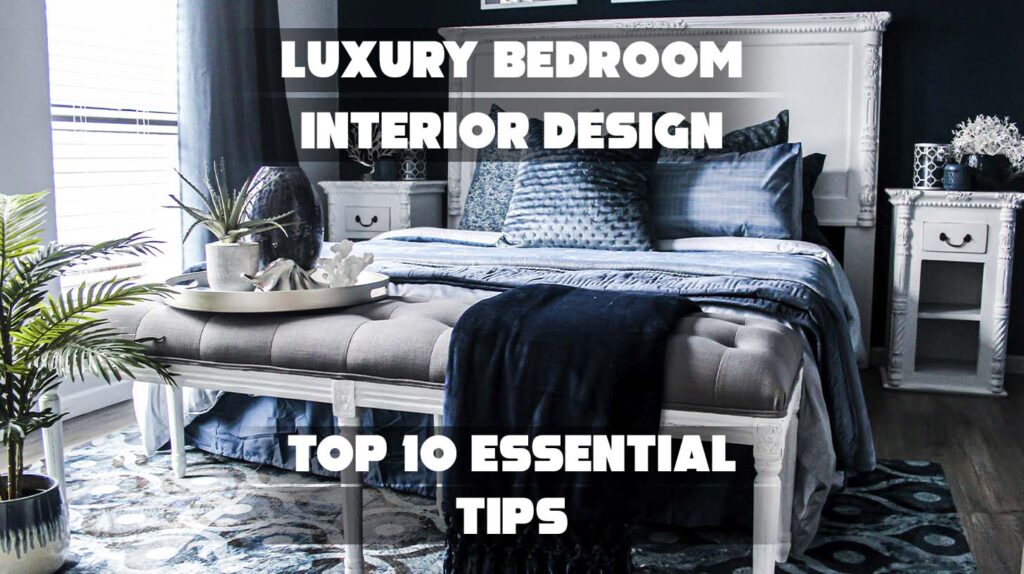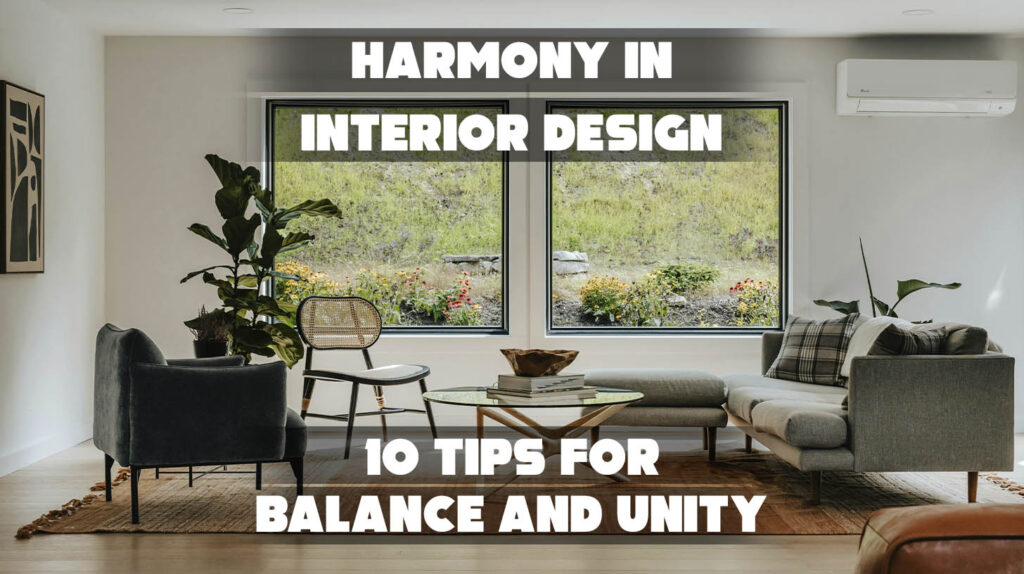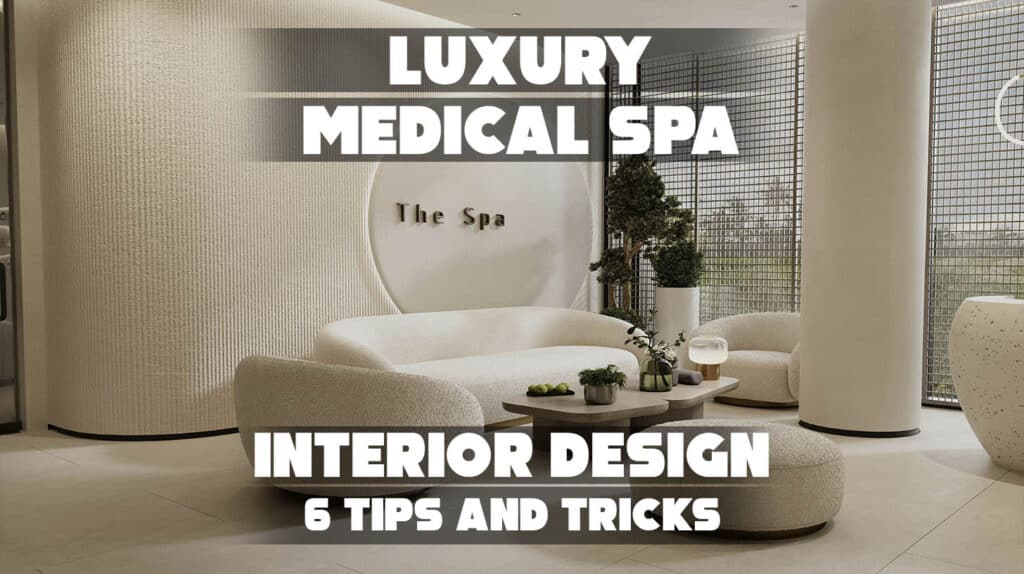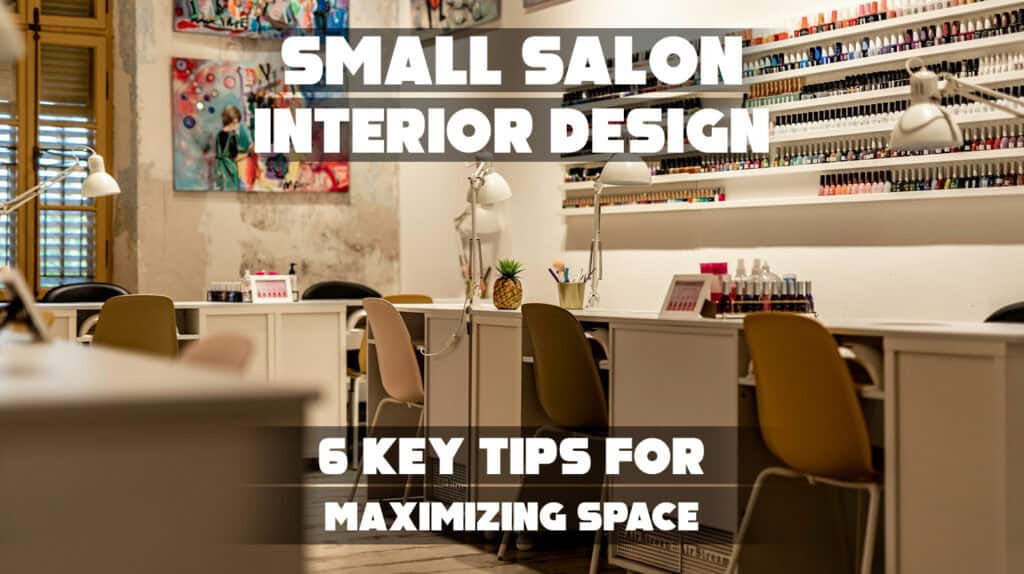Tired of sterile spaces filled with cold, neutral tones? You’re not alone. Many design lovers crave a home that reflects personality, warmth, and depth—unlike minimalism, which often strips away the character in pursuit of simplicity.
If you’re dreaming of interiors bursting with bold colors, rich textures, and storytelling decor, you’re already on the path to embracing a more expressive design philosophy.
As a guide in the world of layered, lived-in design, We’ll walk you through how to:
- Use rich colors with confidence
- Layer textures for depth and comfort
- Move beyond beige and into rooms that breathe personality
Keep reading to discover how you can transform your space into a vibrant haven that feels uniquely you—no bland minimalism required.
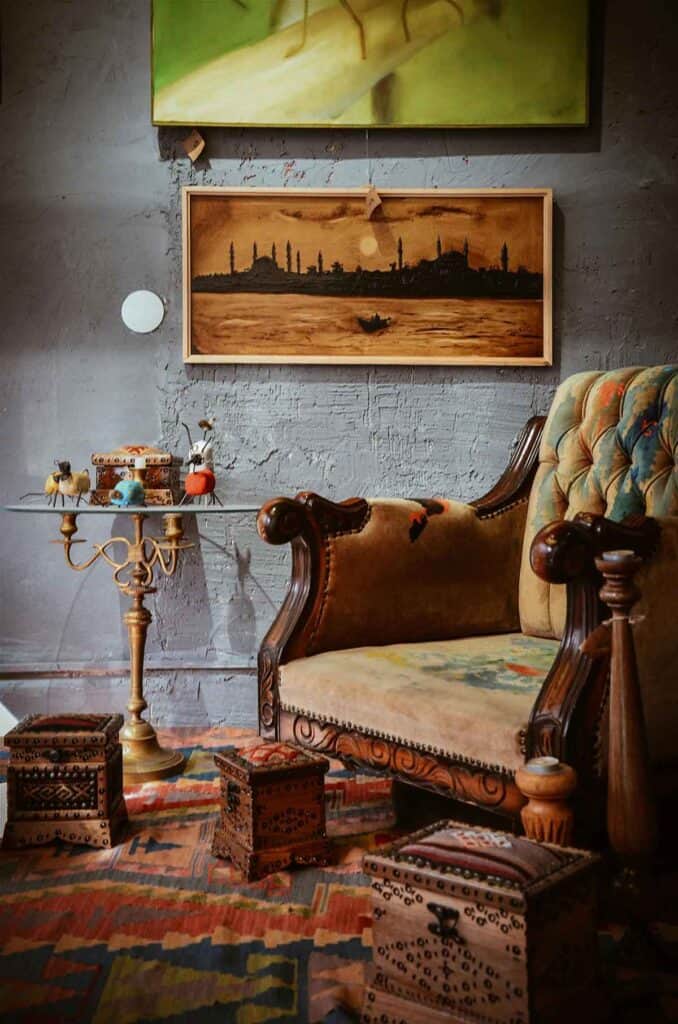
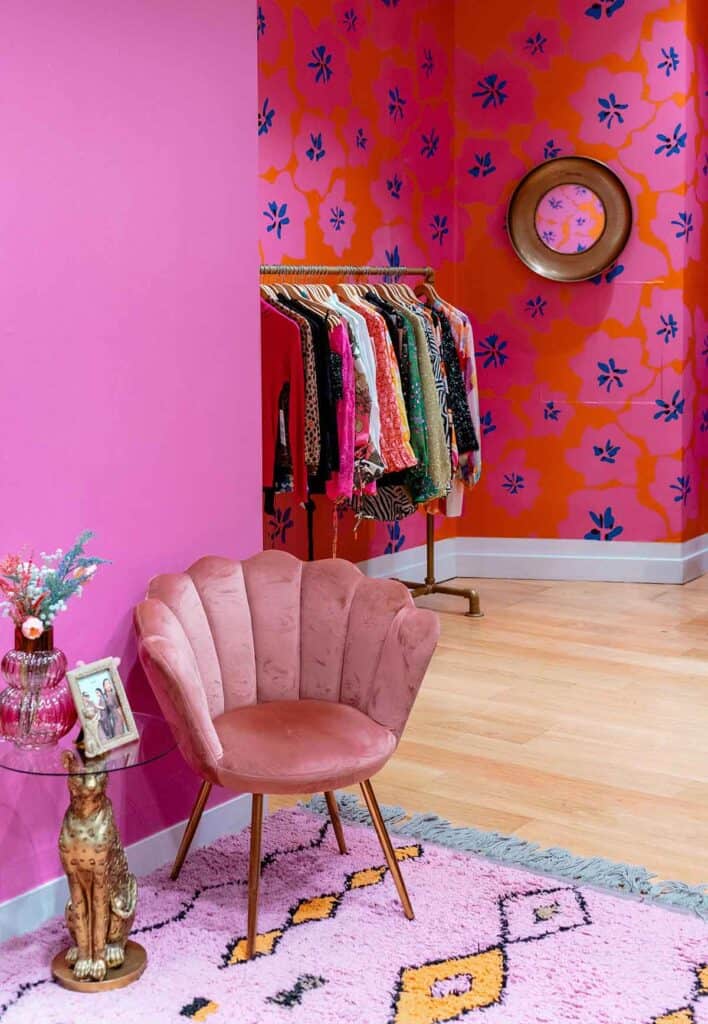
Core Principles of Eclectic Maximalist Interior Design
Eclectic maximalist interior design thrives on intentional combinations that bring vibrancy and depth to a space. It relies on thoughtfully curated elements that avoid clutter while highlighting artistic expression through texture, color, and contrast.
Maximalist interior designers often blend bold patterns to create visual excitement without overwhelming the space. This approach includes pairing florals with geometrics or mixing stripes with animal prints. The key is ensuring patterns share a common color palette or scale to maintain coherence.
Textures play a critical role in this design style. Combining materials like velvet, leather, and woven fabrics adds tactile richness. For example, a velvet sofa can sit beside a jute rug and a leather chair, creating layers that invite touch and interest.
Proper balance prevents the mix from feeling chaotic while enhancing eclectic style through diversity.
1. Layering Colors and Materials
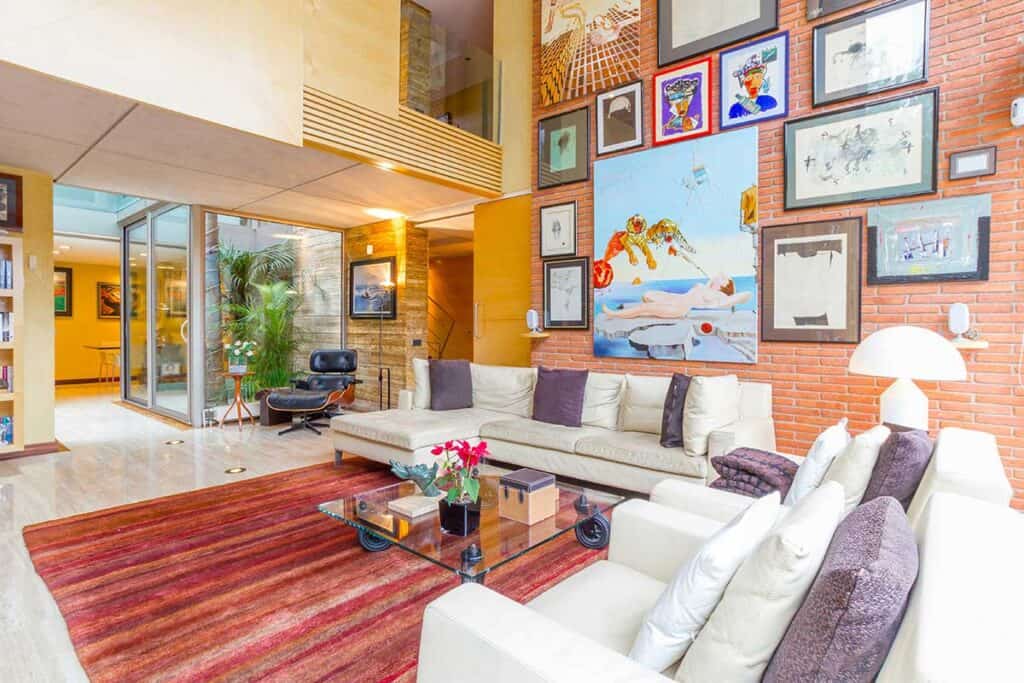
Color layering is essential to maximalist interiors, where saturated hues and varied materials coexist. Designers avoid matching colors exactly; instead, they use different shades and tones within the same family. This approach creates a multidimensional look with depth and warmth.
Materials such as metals, ceramics, glass, and wood appear in combination to add complexity. For example, a brass lamp beside a
ceramic vase on a wooden console introduces contrast through materiality. This layering technique allows maximalist spaces to feel rich and purposeful, not random.
2. Balancing Contrasts
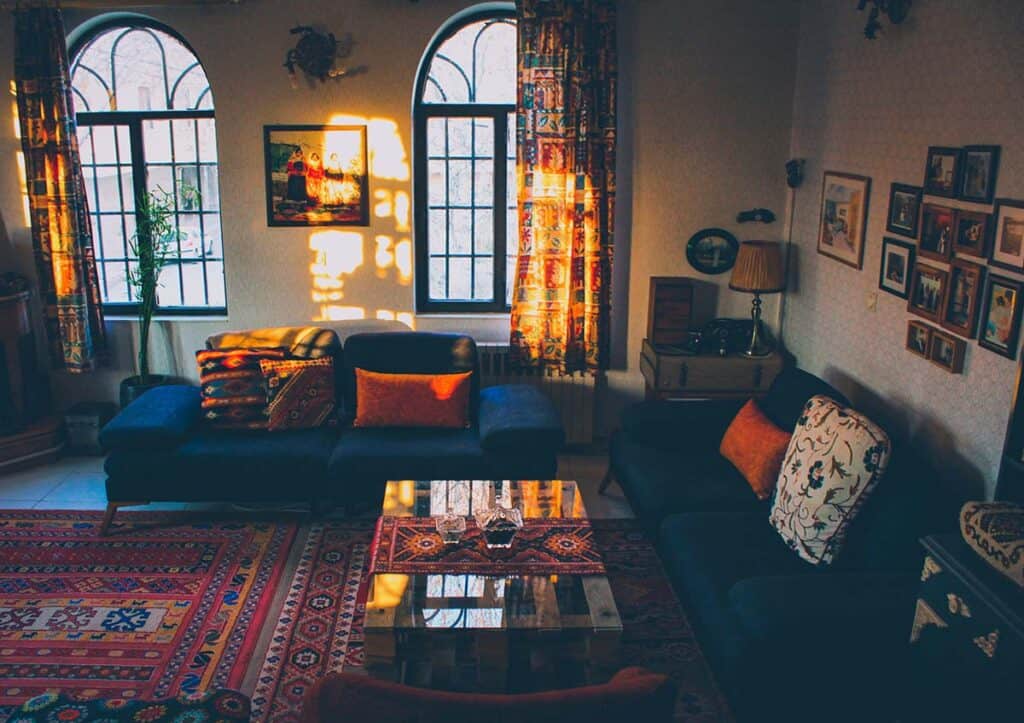
Balancing contrasts is a core skill in eclectic maximalist interior design. It involves combining opposites like vintage and modern, soft and hard, or ornate and minimalist elements in a single room. The balance prevents the maximalist interior from feeling cluttered or disjointed.
Designers achieve harmony by distributing visual weight across the space. A large patterned rug can ground bold furniture, while neutral walls offset colorful accessories. This thoughtful contrast creates interest and flow, making each component stand out while contributing to a unified aesthetic.
See Also Modern French Interior Design
Decorative Choices of Eclectic Maximalist Interior Design
Eclectic maximalist interior design thrives on layered details and deliberate contrasts. It balances bold choices with personal touches, blending rich colors, intricate patterns, and unique objects to create spaces full of character and energy.
A maximalist space often features statement furniture as focal points. Pieces like a bold patterned sofa or an art deco-inspired armchair draw the eye immediately. These items combine form and function, offering both comfort and a strong visual presence.
Art plays a crucial role too, with large-scale paintings or sculptures amplifying the vibrant style. Color palettes tend to favor rich jewel tones—emerald greens, sapphires, and deep purples—that complement the intricate patterns found on fabrics or wall treatments.
Strategically placed furniture and art anchor the room, giving it cohesion despite the variety in shapes and colors.
3. Collectibles and Personalization
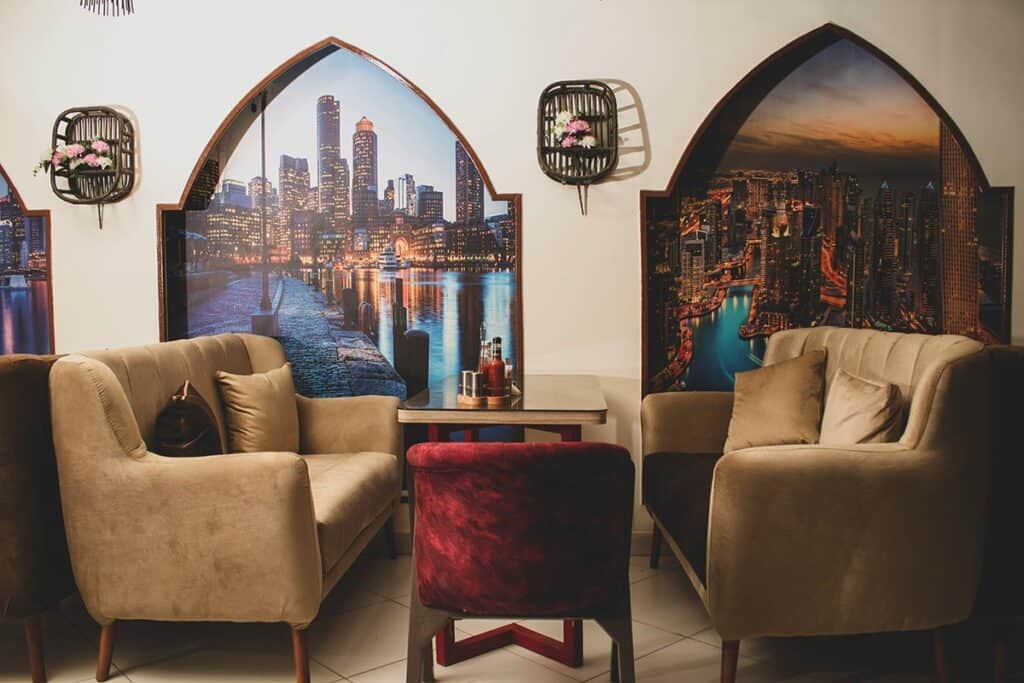
Personalization is essential in achieving the maximalist mindset. Displaying curated collectibles, travel souvenirs, or rare antiques adds narrative depth to the environment. These items, often unexpected and contrasting, create visual interest without feeling cluttered.
Shelves and cabinets become showcases for these treasures, inviting viewers to discover stories behind each piece. This approach transforms decoration into storytelling, ensuring every corner reflects individuality and history.
In eclectic maximalism, blending different eras and styles is common, making spaces feel lived-in and thoughtfully arranged rather than overcrowded.
4. Textiles and Accessories
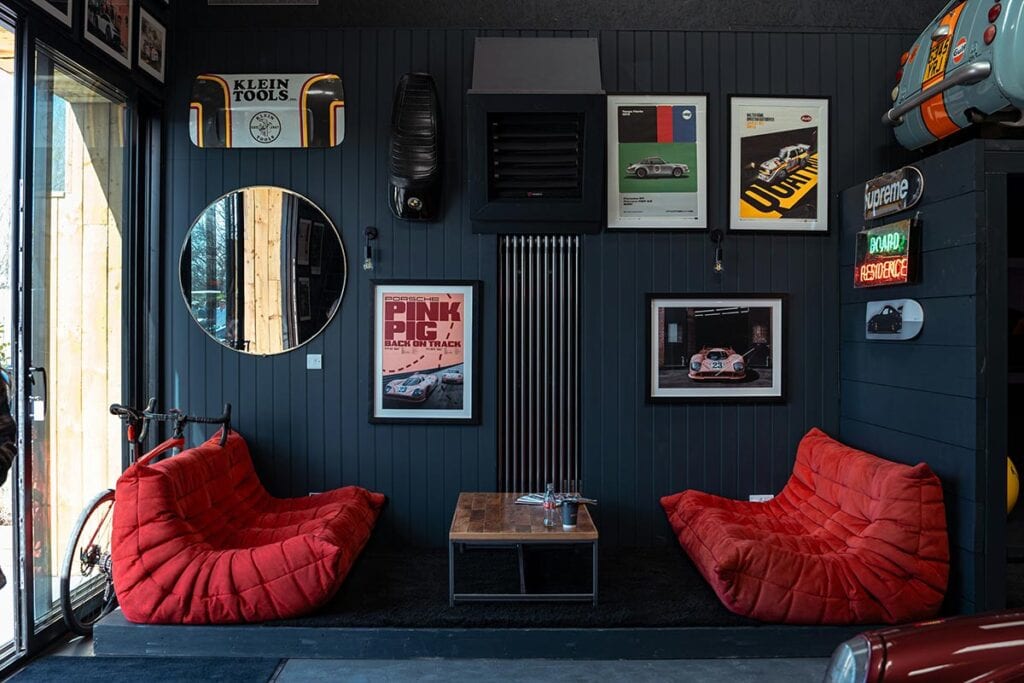
Textiles provide texture and warmth, contributing to the layered look typical of maximalist bedrooms or living areas. Velvet cushions, patterned throws, and embroidered curtains introduce tactile contrasts and color harmony.
Accessories such as ornate mirrors, sculptural lamps, or decorative ceramics punctuate the room with detail. Using a mix of bold color palettes and intricate designs, these accents amplify the space’s vibrancy and personality.
By mixing textures and shapes thoughtfully, the room achieves a balanced richness, proving maximalism need not sacrifice sophistication for abundance.
See Also Renaissance Interior Design
Room-by-Room Eclectic Maximalist Ideas
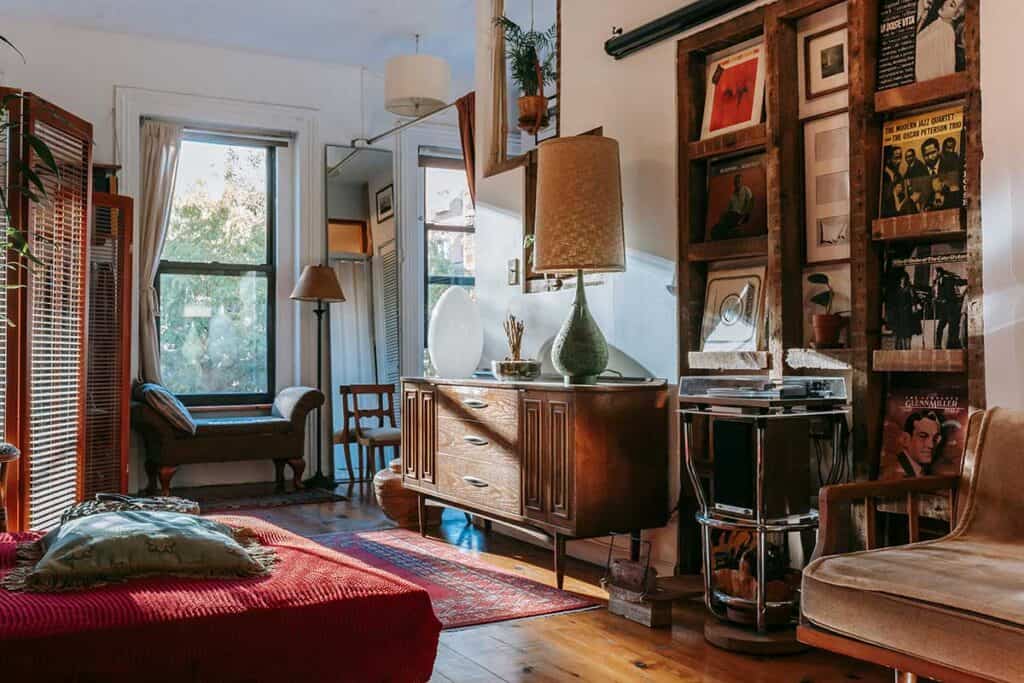
Eclectic maximalist design combines bold colors, rich textures, and a variety of styles to create spaces filled with personality and visual interest. Essential elements include statement pieces, vintage items, and an intentional mix of patterns and materials that together form a balanced, yet layered environment.
The living room often serves as the centerpiece for an eclectic maximalist look. Incorporating antique furniture alongside modern pieces creates depth and character. Jewel tones on upholstered seating pair well with oversized artwork or geometric prints on accent walls or rugs, enhancing visual intrigue.
Layering rich textures like velvet cushions, woven throws, and metallic finishes bolsters the tactile experience. Floral wallpaper can add unexpected contrast, especially when balanced with solid bold colors in surrounding decor.
Statement lighting and curated collections of vintage pieces bring uniqueness without clutter, making personalization key.
5. Bedroom Aesthetic Concepts
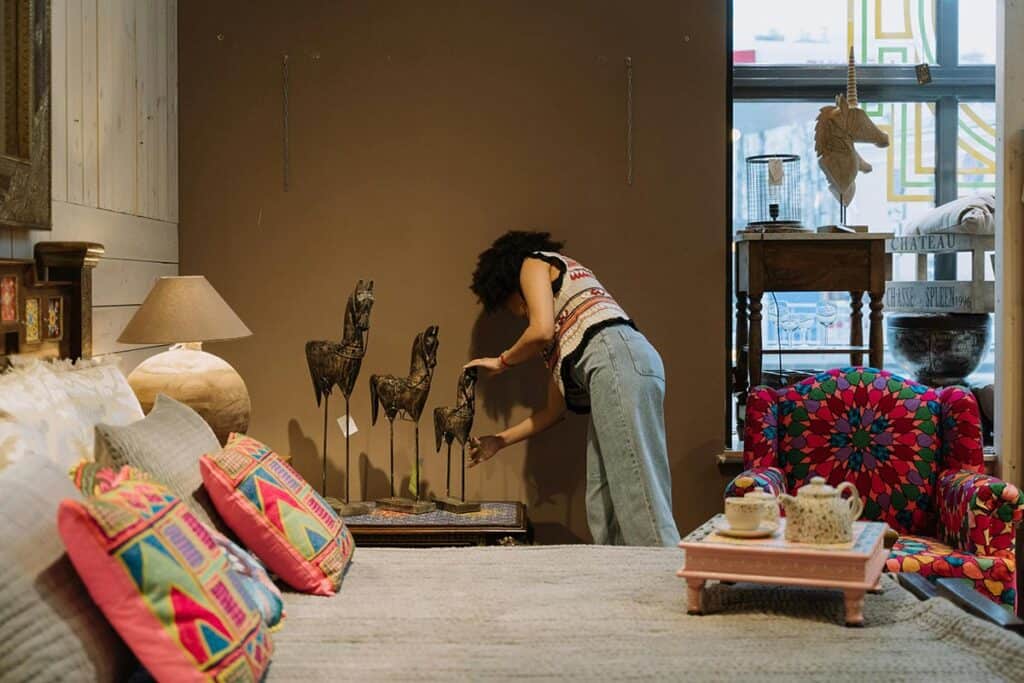
Bedrooms designed with eclectic maximalist principles focus on comfort and individuality through layering. Bold colors or jewel tone walls set a dramatic backdrop for an eclectic mix of furniture styles, including vintage bedside tables and statement headboards.
Textiles featuring patterns such as florals, geometric prints, and rich textures accent bedding and curtains. Incorporating personal style with diverse art pieces and decorative objects enriches the space, maintaining functionality alongside maximalist flair. Essential elements include layered lighting and functional storage that doesn’t detract from the overall design.
6. Eclectic Kitchens and Dining Spaces
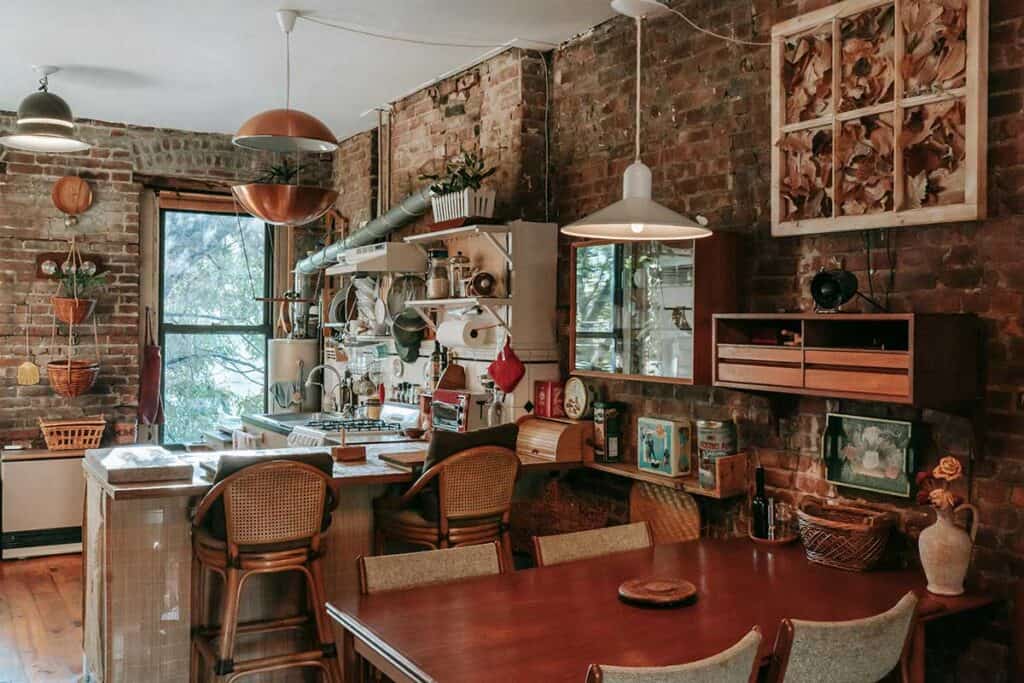
Maximalist kitchens and dining rooms emphasize personality while staying practical. Cabinets can be painted in bold jewel tones or accented with patterned tiles that create lively visual interest. Statement antique furniture pieces, such as a vintage dining table or chairs, anchor the space.
Textures and contrasting finishes enhance the eclectic feel—think glossy surfaces combined with rustic wood.
Floral wallpaper or geometric prints on walls can serve as a dramatic backdrop without overwhelming. Incorporating distinctive lighting and curated personal items ensures the room remains inviting and richly decorated. This approach encourages mixing styles to create a cohesive but layered environment.
7. Tips for Achieving the Electic Maximalist Look
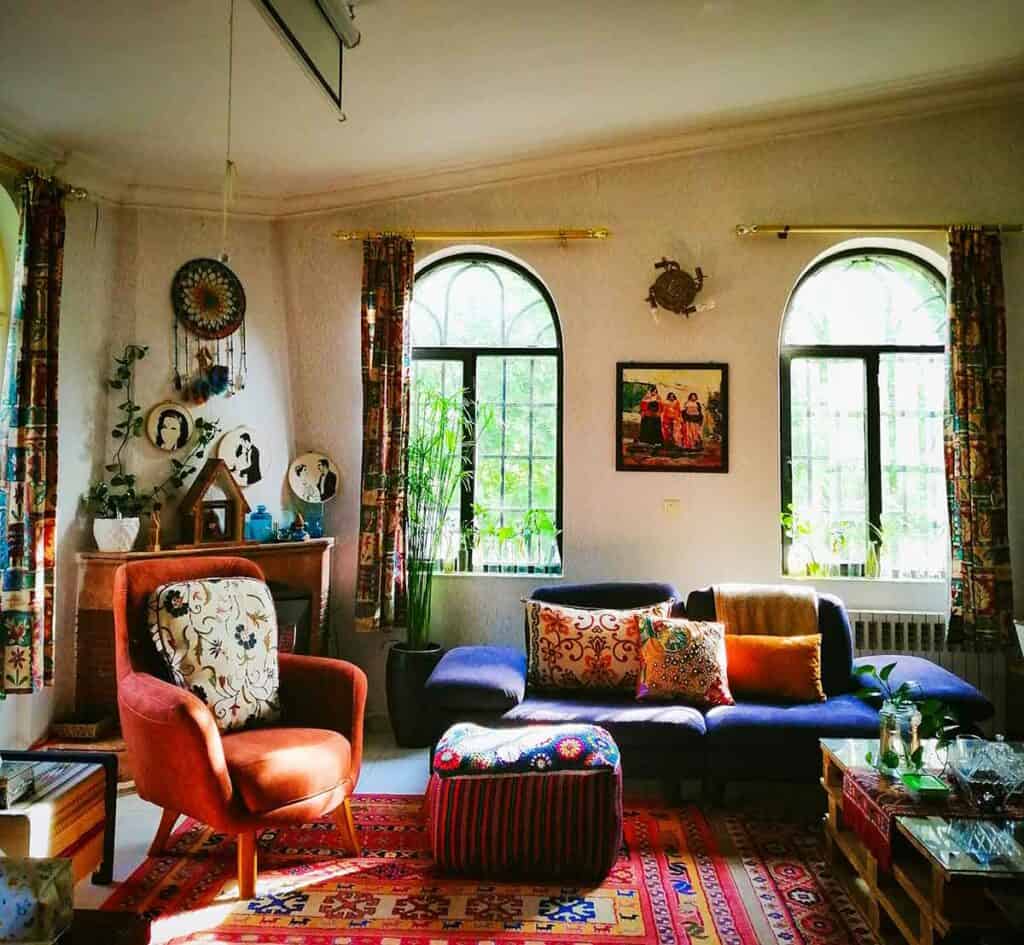
Achieving eclectic maximalism requires a balance between abundant, diverse items and intentional organization. Maintaining this look involves regular evaluation to keep the space cohesive without becoming chaotic.
Eclectic maximalism thrives on variety but demands thoughtful curation. The key rule is to surround yourself with pieces you genuinely love, ensuring each item has a purpose or story.
To avoid clutter, group items by theme, color, or function. For example, displaying a collection of vintage ceramics together creates intentionality amid variety. Use surfaces and shelves strategically, mixing textures and shapes but allowing breathing room.
Items should be chosen for their aesthetic or emotional value, not just to fill space. Periodically remove or rearrange things that feel out of place. This approach keeps the space lively but prevents it from feeling overwhelming.
Eclectic maximalism is dynamic rather than static. It grows organically as new pieces are added and old ones are removed or rearranged.
Maintain flexibility by leaving some areas open for additions. This avoids overcrowding and gives room to showcase fresh finds or seasonal accents.
Regularly reassess the overall visual balance. Swap out items that no longer resonate or contribute to the space’s personality. This helps maintain cohesion while honoring personal growth and changing tastes.
Documenting favorite groupings or layouts can aid in keeping a consistent style when reconfiguring the space. Embracing change while holding onto core elements defines a successful evolving maximalist design.
See Also Pattern In Interior Design
Eclectic Maximalist Interior Design: A Recap
Eclectic maximalist interior design celebrates individuality, storytelling, and vibrant living. Maximalist interior designers expertly layer bold colors, diverse patterns, and antique pieces to create rooms that are rich with personality and intention.
From an eclectic maximalist living room filled with vintage finds and statement art to an eclectic home brimming with texture and personal touches, the style thrives on curated abundance.
By blending eras, materials, and cultural influences, eclectic maximalism turns interiors into expressive, ever–evolving environments that balance visual excitement with thoughtful harmony.




